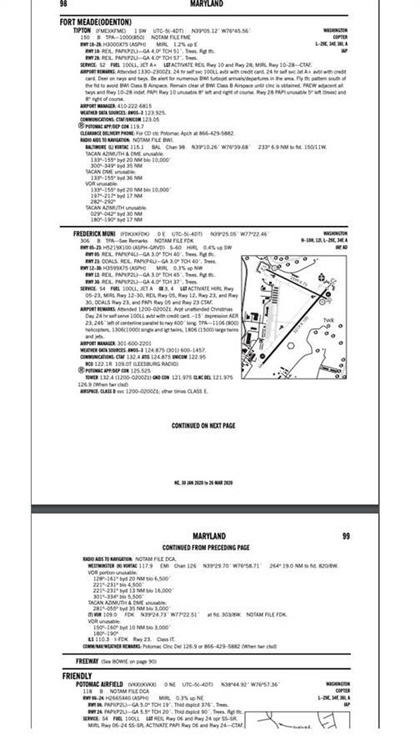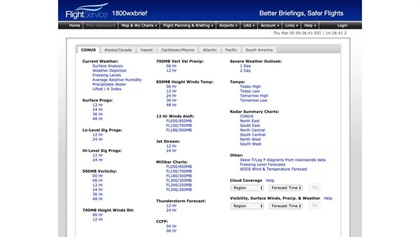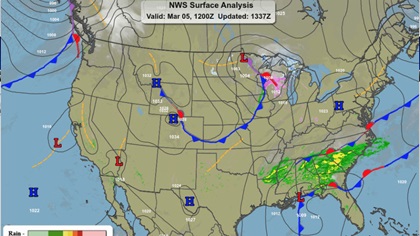Technique: Calling flight service
Weather info with a human touch
Weather is the one of the most important go/no-go items on a pilot’s checklist. When the weather is always changing, how can pilots correctly determine whether that day’s flying conditions will be safe, and, more important, will stay safe for the duration of the flight?

 Flight service is a program overseen by the FAA. Flight Service briefers communicate directly with pilots both in the air and on the ground. Before a flight, pilots can contact flight service to get information on weather, flight plans, and notices to airmen. In the air, pilots can call on flight service to get inflight weather advisories. FAA personnel provide these services in Alaska, whereas in the continental United States, Puerto Rico, and Hawaii, government contractor Leidos provides flight service.
Flight service is a program overseen by the FAA. Flight Service briefers communicate directly with pilots both in the air and on the ground. Before a flight, pilots can contact flight service to get information on weather, flight plans, and notices to airmen. In the air, pilots can call on flight service to get inflight weather advisories. FAA personnel provide these services in Alaska, whereas in the continental United States, Puerto Rico, and Hawaii, government contractor Leidos provides flight service.
You can get weather briefings and file flight plans with flight service by using the website (1800wxbrief.com), but CFIs encourage student pilots to talk directly flight service briefers whenever possible. You can ask the briefer to go into detail, explain something you don’t understand, or review notams and other alerts. And it’s always nice to talk to another human being, particularly when the subject is as important as weather.
You can practice calling for a briefing and filing a flight plan with flight service. If you don’t open the flight plan, it will expire one hour from the time you filed for departure. So long as you don’t open the flight plan, there’s no need to worry about closing it later.
 On the ground:
On the ground:
- Call 800-WX-BRIEF. At the prompt, ask for a flight briefer or special announcements.
- You will then be prompted to give the state you are flying in or to. This routes your call to a specialist who is knowledgeable about the weather in your part of the country.
- Briefings can be standard, abbreviated, or outlook. Request a standard briefing if you have not received any information about your proposed flight. You will be advised on adverse conditions along your route that might cause you to alter or cancel your flight plan and whether VFR flight is recommended. Next, you’ll get a synopsis of the weather: a brief look at the type, location, and movement of weather systems; current conditions from all available sources, an en route forecast, a destination forecast; winds aloft; notices to airmen; and air traffic control delays, if any. You may request information on special-use airspace, density altitude, and GPS RAIM availability.
Ask for an abbreviated briefing to supplement whatever mass disseminated information you’ve already gathered, or update a previous briefing.
 An outlook briefing should be requested whenever your proposed time of departure is six or more hours from the time of briefing. Follow this up with a standard or abbreviated briefing closer to the time of your departure so that you have the latest information on adverse conditions, current conditions, updated forecasts, winds aloft, and notams.
An outlook briefing should be requested whenever your proposed time of departure is six or more hours from the time of briefing. Follow this up with a standard or abbreviated briefing closer to the time of your departure so that you have the latest information on adverse conditions, current conditions, updated forecasts, winds aloft, and notams. -
A standard flight plan form will give you an outline of information to provide the briefer. If you don’t have a form, follow this format (see box).
- Aircraft N number or pilot last name.
- Aircraft type.
- Departure airport.
- Proposed departure time.
- Altitude.
- Destination airport.
- Estimated time en route.
- Pull up weather charts on a computer as you discuss the information with the flight service specialist. If anything seems unclear, ask for clarification.



